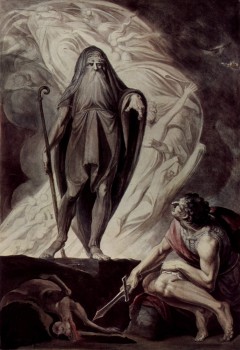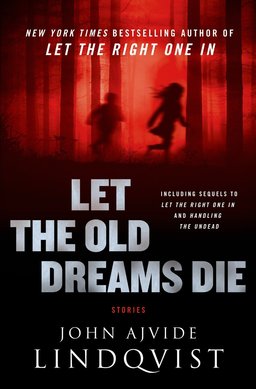My Favorite Fantasy Movies
 I love a good fantasy movie, and love to goof on bad ones, too. Fantasy is a genre that didn’t always translate well to the big screen, until the recent advances in CGI technology allowed studios to capture creatures such as dragons and Balrogs in all their glory.
I love a good fantasy movie, and love to goof on bad ones, too. Fantasy is a genre that didn’t always translate well to the big screen, until the recent advances in CGI technology allowed studios to capture creatures such as dragons and Balrogs in all their glory.
Conan the Barbarian (1982)
Classic Schwarzenegger. Although this adaptation departs from the style (and story) of Robert E. Howard’s books, it retains the grit and raw muscular power of Conan in a way that the newer incarnation (sorry, Jason Momoa) couldn’t begin to match.
James Earl Jones was a masterstroke of casting as the villainous wizard Thulsa Doom. This film contains some unforgettable scenes: Conan growing up pushing that big mill wheel, the witch who had sex with Conan and then tried to kill him, breaking into the Temple of Set, the Tree of Woe, and of course the awesomely bloody climax where Conan cuts his way through legions of fanatics to eventually take the head of his enemy.
Conan, you taught us the riddle of steel, and for that we thank you.
 Don’t start with the cover, or the blurb, or the elevator pitch. Don’t start with which other books The Unexpected Enlightenment of Rachel Griffin resembles.
Don’t start with the cover, or the blurb, or the elevator pitch. Don’t start with which other books The Unexpected Enlightenment of Rachel Griffin resembles.






